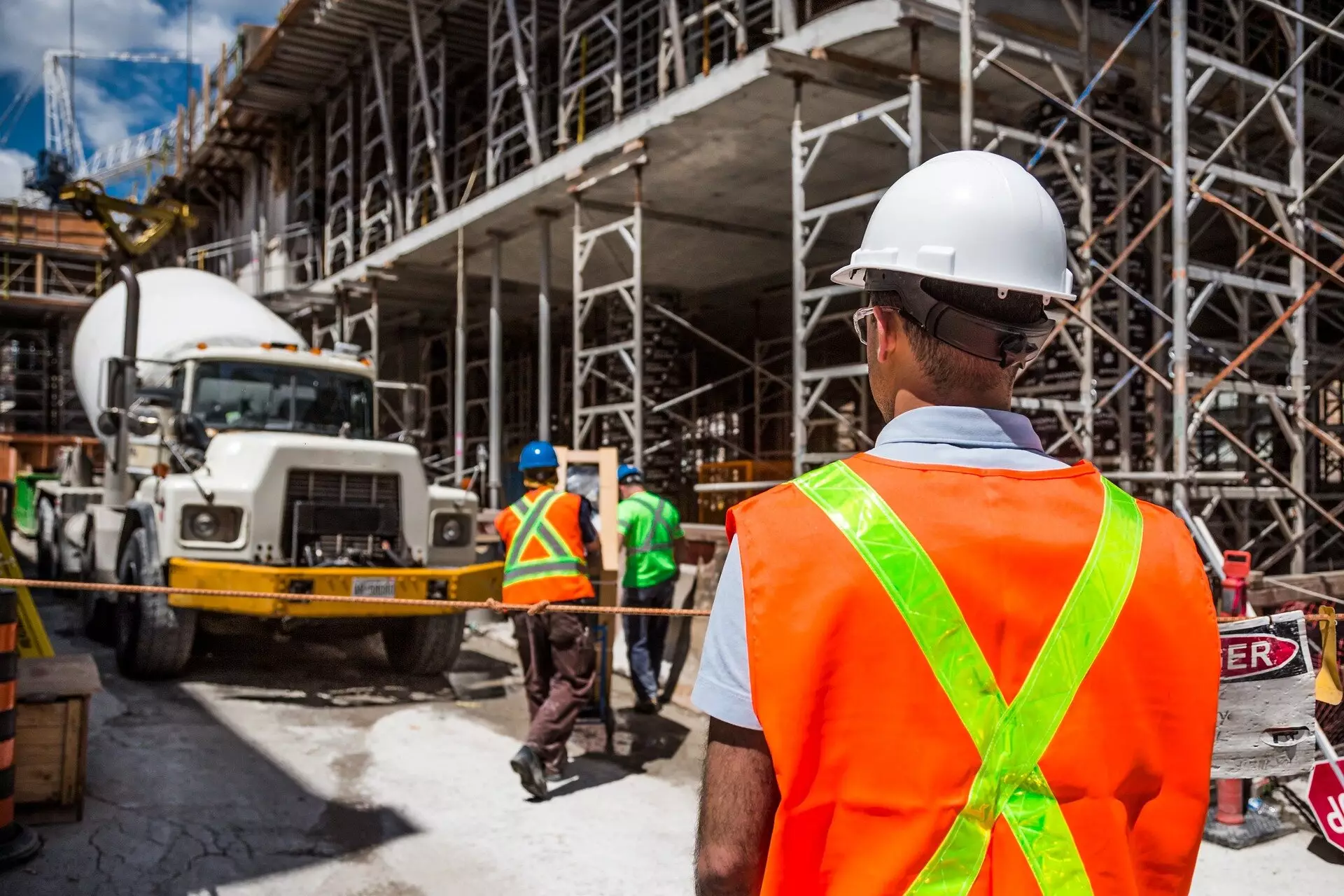The construction industry has long been scrutinized for its substantial environmental impact, particularly in terms of carbon emissions. As the United Kingdom strives to meet legally binding targets for net zero emissions, innovative solutions are urgently needed. A recent study conducted by experts from the University of Dundee and spearheaded by the Mineral Products Association (MPA) proposes using waste clay and brick as alternative materials in concrete production, potentially revolutionizing practices in the construction sector. This article explores the findings of the research, its implications for sustainability in construction, and the future of these innovative materials.
The Environmental Benefits of Waste Materials
The key finding of the study is the considerable reduction in embodied carbon that can be achieved by incorporating reclaimed clays and finely ground brick powder into cement mixtures. The research indicates that adopting these waste materials could lead to a reduction of up to 30% in carbon emissions when compared to conventional CEM I cement. This remarkable statistic suggests that the U.K. construction industry has a viable pathway towards greener practices by repurposing materials that would otherwise contribute to landfill waste.
One of the most compelling aspects of using these materials is the volume of waste that could be diverted from potential disposal. The study highlights the potential to redirect approximately 1.4 million tons of waste from construction and demolition activities. This finding not only underscores the importance of sustainable material usage but also reinforces the circular economy principles that align with modern environmental goals.
Calcined clays have gained immense attention in the past few years as a secondary cementitious material in various regions around the world. However, their application has been largely underexplored in the U.K. This research successfully demonstrates that U.K.-sourced clays can be treated through two distinct heating methods—traditional rotary kilns and modern flash heating techniques—yielding high-quality calcined clay appropriate for concrete production.
Dr. Moray Newlands, a prominent figure in the university’s Concrete Technology Unit, emphasizes that these calcined clays offer a reliable alternative to traditional industrial by-products such as fly-ash and ground granulated blast-furnace slag (GGBS). With the imminent decline of these materials due to the decarbonization of the power and steel industries, the reliance on waste clays represents a necessary shift in sourcing sustainable building materials.
Durability and Application in Various Environments
The exploration of calcined clay’s long-term durability is a critical factor in its acceptance and application in construction. The study conducted by the University of Dundee assessed the performance of calcined clay concretes in various settings, including marine environments where structural integrity is paramount. The findings indicate that these alternative concretes not only match the performance of traditional options but also offer additional benefits, such as enhanced sustainability.
This versatility expands the potential applications of calcined clays, making them suitable for critical infrastructure projects, including bridges and coastal structures. The ability to withstand harsher conditions while simultaneously reducing embodied carbon positions these materials as valuable assets in the fight against climate change.
The implications of integrating waste clay and brick into mainstream construction practices extend beyond mere environmental benefits. According to Dr. Diana Casey, the Executive Director for Energy and Climate Change at the MPA, a thriving market could emerge around these innovative materials. The widespread adoption of calcined clays could secure jobs, attract investments, and help retain economic value within the U.K., ultimately contributing to both ecological and economic resilience.
The development of low-carbon cements and concretes is outlined as one of the seven key levers in the MPA UK’s Roadmap to Beyond Net Zero, which sets ambitious goals for the future of the construction industry. By harnessing local resources and reducing waste, the U.K. construction sector can take significant strides towards fulfilling its carbon neutrality commitments.
As the U.K. endeavors to transition to a more sustainable construction environment, the recent revelations about utilizing waste materials like clay and brick present exciting opportunities. This paradigm shift not only highlights the importance of innovation in material usage but also reinforces the construction industry’s pivotal role in combating climate change. By effectively integrating these findings into practice, the U.K. can foster a more sustainable, economically viable, and environmentally friendly construction landscape for generations to come.


Leave a Reply